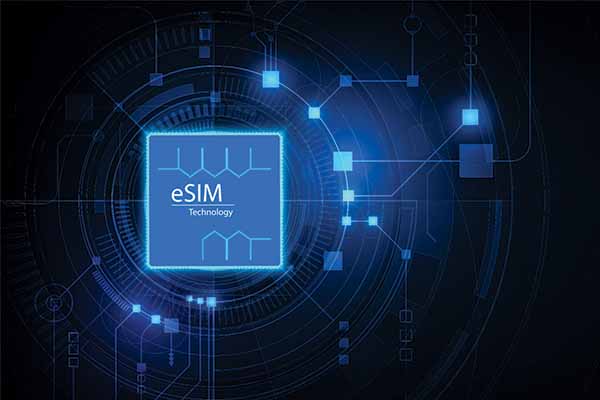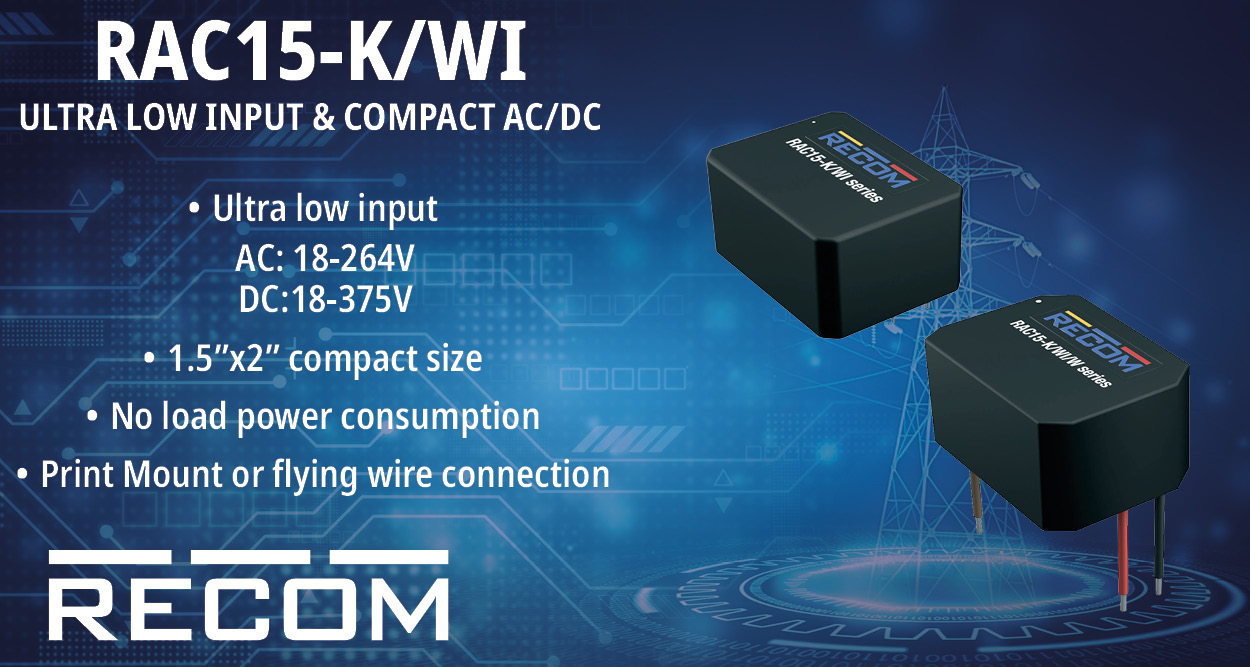Connected, Network and Messaging are the three vital features of any cellphone in the world. But it has come a long way to get a name of ‘Smartphone’. The market for SIM (Subscriber Identity Module) Cards fluxed with the boom of cellphones in the Indian market. Many telecom operators innovated fast with SIM designing suppliers to transit from a Standard SIM (IFF), Mini SIM (2FF), Micor Sim (3FF) and Nano SIM (4FF). It has been the boon to help us connect our devices with a cellular network. SIMs also run an application that passes that identity information to an onboard cellular modem.
If not known, the form factor dimensions of SIMs measure:
- 1FF 85.6mm × 53.98mm × 0.76 mm (3.370″ x 2.125″ x 0.029″)
- 2FF (mini SIM) 25mm x 15mm x 0.76mm (0.984″ x 0.590″ x 0.029″)
- 3FF (micro SIM) 15mm x 12mm x 0.76mm (0.590″ x 0.472″ x 0.029″)
- 4FF (nano SIM) 12.3mm × 8.8mm × 0.67mm (0.484″ x 0.346″ x 0.026″)
- MFF2 (chip SIM) 6mm × 5mm × 0.9 mm (0.236″ x 0.196″ x 0.035″)

Though there are other SIM technologies which are quite popular and paving the next technology breakthrough in this fingertip-resting tech. Few are, iSIM, nuSIM and soft SIM. Among all, eSIMs seems to have taken the market by surprise and by large acceptance.
Though the days are gone when you can chip off the SIM from your phones, yes, eSIMs(Embedded Subscriber Identity Module) are there inside your smartphones well integrated. In this article, we will learn the many aspects of eSIMs and how India has been raising its hands for this nascent technology.
The Not-Known eSIMs
To first know an eSIM you must know any person with technical prowess can design the hardware chip of an eSIM – till it conforms to the eUICC standard. eSIM can be modified through software and API calls evading the need to swap physical SIMs. Also to not know an eSIM can have multiple SIM profiles helping user to reach different carriers. Not to be a new era for cellular IoT deployments because of its capability avoid lock-in to a particular mobile network operator (MNO). This enables users to deploy their devices globally and then accordingly choose their carrier at ease.
“So now you know that when you hear someone speak of eSIM, you should ask whether they mean “embedded SIM” in the sense of the form factor (MFF2, pre-soldered onto a circuit board and pre-equipped with one SIM profile), or in the sense of supporting remote SIM provisioning.
Note: Just as the term “UICC” is often used synonymously with both the SIM hardware and the SIM application running on the SIM hardware, “eUICC” is also used for both the hardware and the specific application. When talking casually about the matter, we use “eSIM” and “eUICC” to mean the same thing.”
eSIM Defining New Cellular IoT
As earlier mentioned that eSIM is a programmable SIM card which is completely programmable over the air (OTA). This happens as the software can be programmed and made downloadable wherein the physical card remains embedded in the device. Remote provisioning is a vital feature of eSIMs. Remote provisioning in eSIMs help customers change network operators without changing your physical SIM, isn’t it interesting. eSIM has further potential to revolutionize IoT(internet of things) forever. From IoT scenario the features and capabilities today defines are immense. One of the main problems of IoT solution is designing and further deploying as it is a multidisciplinary solution. Hence eSIMs with IoT can bring on many benefits, among which are:
- Scalable: to meet the growth needs;
- Flexible: to adapt the changing market contexts and operating conditions;
- Adaptable: to limit disruption to organisational practices during implementation;
- Secure: to avoid disruptions to business critical activities.
- Tamper proof and theft proof: an eSIM cannot be accidentally broken and/or stolen.
Indian Operators and eSIM
Leading telecom operators in India including Airtel, Jio and VI allows physical SIM to convert into an eSIM. Though to particularly use an eSIM one has to have an eSIM compatible device. Also there are options to integrate an eSIM in your traditional devices.

Airtel has become one of the first operators in the country to express its consent in supporting eSIM for premium phones like Google Pixel 3a, Pixel 3 series and the iPhone latest series. The rapid increase in the number of IoT connected devices in different end-use verticals such as automotive, consumer electronics, and energy and utilities, is propelling the market growth. Moreover, eSIM technology has led to advancements in the connected ecosystem by enabling secure Machine-to-Machine (M2M) communication. Thus, eSIM offers secure, reliable, and cost-efficient cellular connectivity for IoT/ M2M applications owing to which there has been increased adoption of the wireless cellular-based solution such as eSIMs among different end-use verticals. However, some of the factors restraining the eSIM market growth include lack of technology awareness among end-users and a smaller number of MNOs supporting eSIM technology globally. Similarly, the technical support provided by the MNOs in several countries is also different. Thus, adoption of eSIM technology among telecom carriers is crucial for market growth. For instance, Apple Inc. has launched different models of iPhones that have preinstalled eSIM in it. However, in developing countries such as India and Japan, not all carriers are supporting eSIM technology, thus eventually affecting market growth.
eSIM Market Trends
The rapid increase in the number of IoT connected devices in consumer electronics and M2M applications is propelling the market growth. Rise in the eSIM technology paced up significantly in 2020. There had been an increase in the number of times eSIM profiles were downloaded across the consumer devices. Commercial eSIM services for smartphones had been launched in at least 69 countries around the world – a threefold rise as compared to 2018.
After a slow start in 2017–2019, eSIM smartphone commercialization accelerated in 2020. In 2020, 27 models were launched regardless the challenges of the pandemic (e.g. nation-wide lockdowns and temporary closure of retail outlets). Huawei and Samsung also launched their first eSIM smartphones, nearly 18 months after Apple’s launch of eSIM in iPhones (September 2018). With 5G gaining impetus, the launch of 5G smartphones with eSIM technology by Apple, Huawei, Google, Samsung and Motorola (a total of 17 models) was an added milestone in 2020.
Emergence of eSIM in the automotive industry has given great flexibility to enable trucks and cars with cellular connectivity, while unlocking new capabilities and features. Within the next few years, it is projected that all cars built will be cellular-enabled, leading to an improved driving experience made possible by innovative connected services. Of late, the automotive sector took a huge dive in enabling the next generation of connected cars by supporting the GSMA Embedded SIM Specification to reinforce vehicle connectivity. This, in turn is expected to provide enhanced security for a range of connected services.
The advent of industry 4.0 represents an industrial revolution, which has introduced smart machines with an automated communication and control method. Industry 4.0 is a connected environment, in which the actionable data and information between Machine to Machine (M2M) and machine to other assists in exchanged via Internet of Things (IoT) enabled devices. M2M systems include Wi-Fi or cellular communication links, RFID, sensors, and automatic computing software to interpret data and transmit it through a network for further processing. M2M systems often use public networks and cellular network for internet connectivity. These factors have propelled electronic manufacturers to integrate eSIM (embedded SIM cards) with M2M systems, thereby contributing to the market growth. M2M systems offer benefits such as reduced maintenance costs and downtime, real-time data monitoring, identifying service timings, remote operation, and low power consumption. Owing to these benefits, M2M systems have been adopted across several sectors, including manufacturing, security, telemedicine, robotics, automotive, industrial, and utilities. Furthermore, factors such as longer life span and remote provisioning have resulted in the increased adoption of M2M systems in applications such as retail POS, smart meters, and connected cars. This, in turn, calls for improved network connectivity, wherein eSIM plays a significant role by offering wireless communication over mobile networks in a connected system.

















